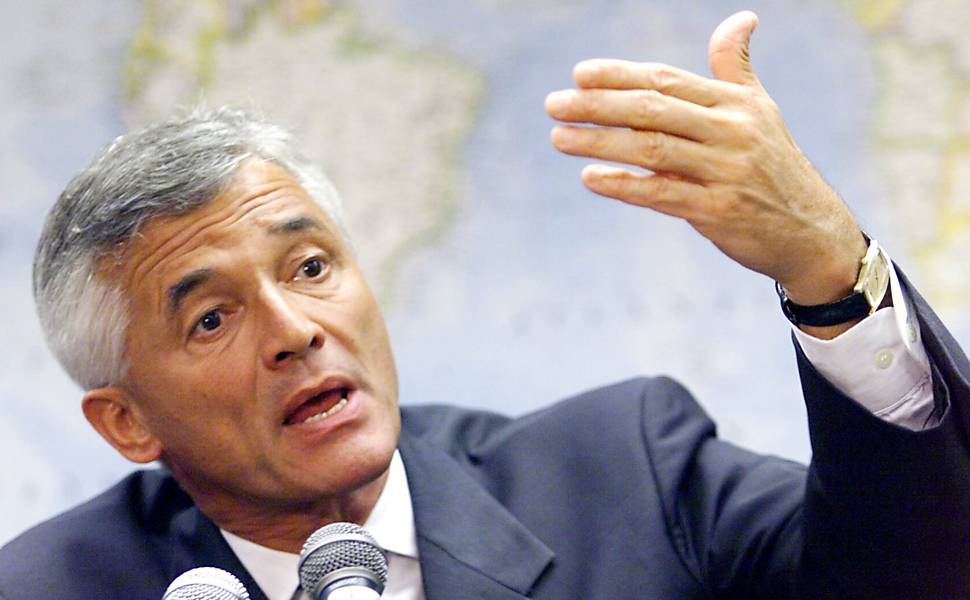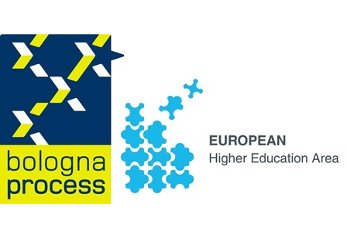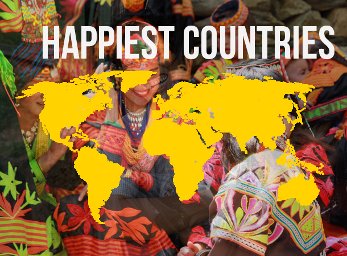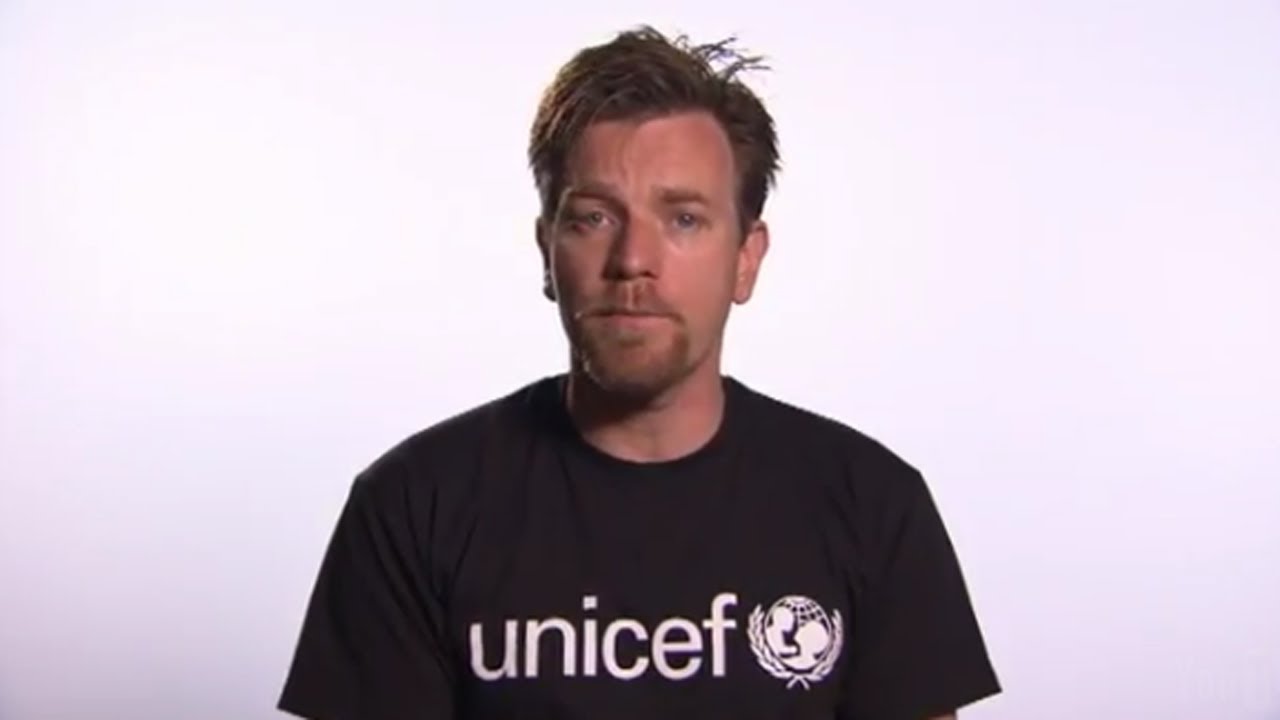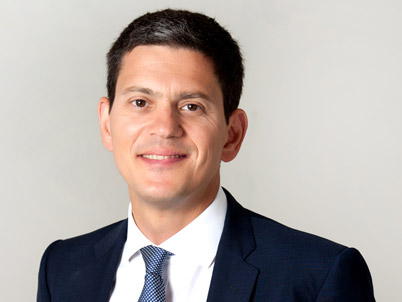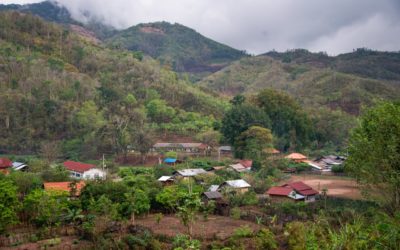
The incoming administration has presented the United States with an opportunity to reclaim its position in the global community and redefine the way in which aid is administered. Officials appointed throughout the State Department, and other foreign facing positions (e.g., Ambassador to the United Nations), have a deep understanding of the nuances associated with diplomacy and have demonstrated a fundamental belief that the world is more productive, efficient, and safe when nations are more interconnected and strive towards common goals.
Beyond the directive to simply re-engage and participate with those beyond our own borders, the true opportunity lies within rethinking aid delivery, coming to terms with its ultimate purpose, and prioritizing sustainable development. As Samantha Power awaits confirmation to become the next Administrator of the United States Agency for International Development (USAID), Secretary of State, Antony Blinken, and Secretary of Defense, Lloyd Austin, made their first international visits to South Korea and Japan, signaling a refocused interest on the importance of relationships on the eastern board of the continent. Additionally, the United Kingdom published their Integrated Review and revealed an invested interest in engaging with the Association of Southeast Asian Nations (ASEAN) as they look to build long lasting trade relationships and compete with China’s investments in the region. This combination of events set a clear path forward for a strong, monumental, thoughtful, and progressive commitment from USAID in Southeast Asia in the country’s next chapter of foreign aid.
Over the course of several decades, the United States either supported or independently led campaigns intended to stop growing interest in communist political parties in East and Southeast Asia. While conflicts with Korea and Vietnam are more broadly infamous, the impact of United States initiatives in Laos, Cambodia, Indonesia, and the Philippines, among other nations, during this same time period are lesser known — often intentionally withheld from public knowledge — and the grave impact of the forced aggressions remain prevalent to this day.
Driven by a fear of communism, the United States backed the Khmer Rouge in Cambodia that led a mass genocide campaign killing millions of people and supported dictatorships in Indonesia and the Philippines, Suharto and Marcos, respectively, who have been tied to the massacre of millions of their own citizens. In Laos, the United States dropped more than two million tons of ordnance from 1964 to 1973 with an estimated 30% or more of these cluster munitions not detonating upon impact. These unexploded ordnance (UXO) have killed more than 20,000 Lao citizens since the end of the Vietnam War, with one of the most recent accidents happening in February 2021 that led to the death of two children.
During the Obama administration, the United States placed great interest in engaging with the ASEAN region with full recognition of the growing influence and potential of these collective nations. President Obama injected energy into these diplomatic relationships by making historical visits to these countries throughout his tenure in office, culminating in a trip to Laos in September 2016, which marked the first time a sitting U.S. president visited the country. It was widely observed that the sole purpose of this diplomatic tour was not only to form the bonds of a new relationship, but to take the first step in atoning for lasting legacies of war from decades ago. While in Laos, President Obama announced that funds dedicated to UXO clearance would double over a three year period, reaching a total of $90 million from 2017 to 2019. Momentum seen during the last decade was quickly halted by the Trump administration and energy was instead directed towards creating trade tensions with China and disregarding broader global engagement.
The last four years has also cleared the path for China to make advancements in its Belt and Road Initiative throughout Southeast Asia, that has not only included mass infrastructure projects, but also investments in local economies through trade agreements and international corporate expansions (e.g., telecommunications). However, criticisms against China’s approach in the region highlight unsustainable efforts that are not designed to uplift local workforces, but rather create various industry monopolies that cross multiple borders, disregard cultural origins, and increase already rising wage gaps among the rich and poor.
With a new administration leading U.S. diplomatic relations and a new USAID administrator awaiting Senate confirmation, the time is now to rethink foreign aid and ensure that investments are sustainable, impactful, and guided by intended beneficiaries. This can be accomplished by also rethinking the lens through which foreign aid is viewed. Investments in the ASEAN region should be targeted as reparations and modeled after systematic initiatives that seek to offset the harm that historic U.S. engagement in the region has caused. Traditional aid programs that focus on education, health, technology, and youth entrepreneurship programs remain useful, but the next chapter of aid must reflect a bottom-up approach where local communities are guiding the design of all initiatives that are coupled with various forms of monetary payments purposed for decreasing wage gaps, investing in marginalized groups, and ensuring that the priority of aid is focused on building economies at the micro level rather than macro initiatives that enable wealthier nations with access to cheaper goods.
Defining foreign aid as reparations will take patience and skilled tactics in deconstructing existing structures of the system. It is a lofty goal but there are basic steps that all stakeholders can take to shift the way in which decisions are made and initiatives are designed. The next chapter of USAID must move away from a reliance on large contractors and drive more funding to implementing organizations, prioritizing those who hire local leadership and prioritize innovation. While there are many large scale USAID initiatives that have driven impactful change, namely the President’s Emergency Plan for AIDS Relief (PEPFAR), it is time to recognize that aid funds are largely wasted and investments should be redirected to young minds around the world that are dreaming big and advocating for a future that will uplift their communities.
Opinions expressed above are solely those of the author and do not represent the views of any other organization.
Dr. Christopher Stanfill is Senior Director, Data & Operations at Pencils of Promise



